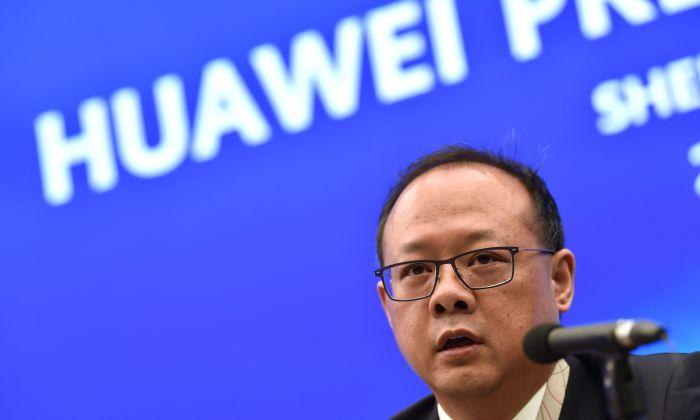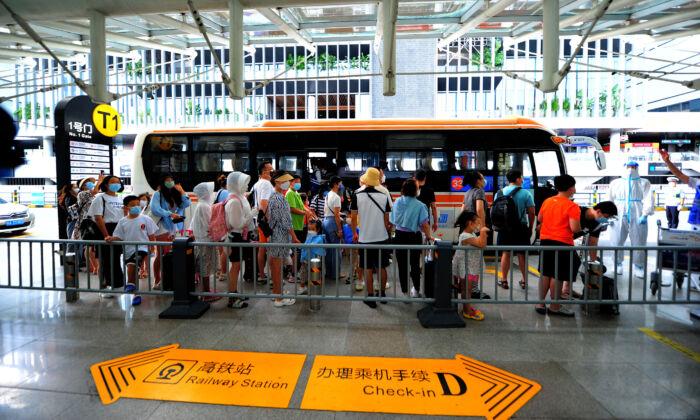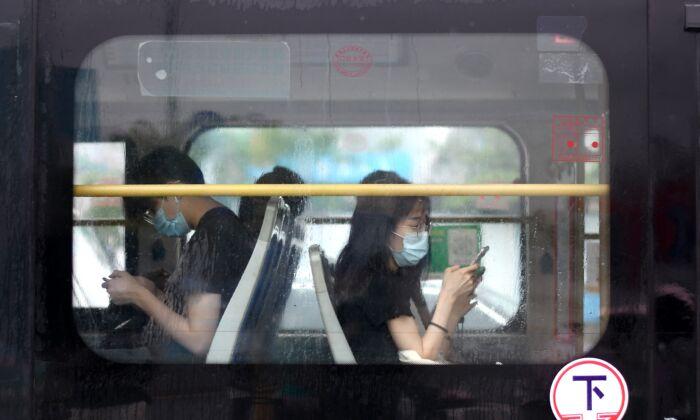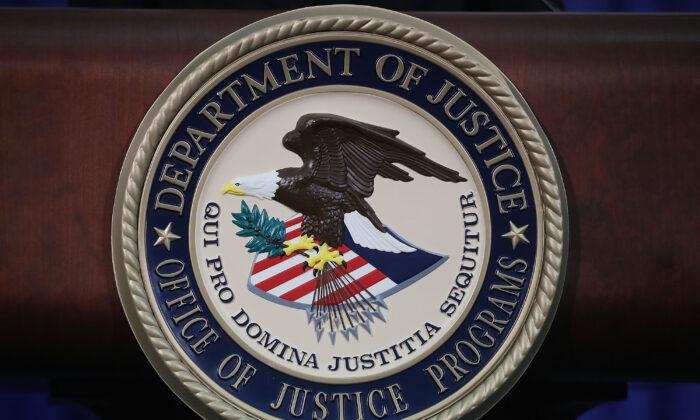U.S. chipmakers Micron, Qualcomm, Intel are among a handful of American firms that have resumed supplying tech parts to Chinese telecom giant Huawei, after initially suspending them due to a U.S. export ban that forbade the Chinese firm from doing business with U.S. suppliers, according to the Wall Street Journal (WSJ). A former Commerce Department senior official said that the ban has a legal loophole, but that it could be fixed.
The U.S. administration has
warned of Huawei’s risks to national security due to its close relationship with the Chinese regime, claiming that its products could be exploited by Beijing to conduct espionage, charges that the company has continually denied.
U.S. authorities have not yet commented on this issue.
A Legal Loophole
During a call with analysts on June 25, Micron CEO Sanjay Mehrotra admitted that the company has started shipping products to Huawei in the past two weeks,
according to WSJ. Micron is one of the world’s largest makers of memory chips.
Mehrotra did not say which products Micron has resumed shipping, but said that it was unclear how long the company would be able to continue the shipments, or how many products it would be able to ship.
Mehrotra confirmed that Micron had initially suspended all shipments to Huawei after the U.S. Commerce Department added its Chinese customer onto its entity list in May. But later, Mehrotra said the firm found that some supplies would not be susceptible to the export ban, such as foreign-made products that include no more than 25 percent U.S.-origin technology.
WSJ, citing anonymous sources familiar with the situation, also
reported on June 25 that top U.S. chipmakers Qualcomm and Intel have resumed their shipments to Huawei as well. Meanwhile, semiconductor manufacturer ON and other U.S. tech firms were also examining to continue selling to Huawei.
The trade association, U.S. Semiconductor Industry Association, also
confirmed in its June 21 statement that some companies have resumed supplying to Huawei. “As we have discussed with the U.S. government, it is now clear some items may be supplied to Huawei consistent with the Entity List and applicable regulations.”
A former U.S. official explained why those companies supply Huawei despite the ban. “Commodities made overseas from U.S.-origin technology are only subject to the entity list prohibitions if the technology and commodity are sensitive items controlled for ‘national security’ reasons,” Kevin Wolf, former U.S. assistant secretary of commerce for export administration,
told Bloomberg in its June 26 report. “But a commodity made overseas from less sensitive U.S.-origin technology is not subject to the entity list prohibitions.”
Wolf added that U.S. companies are prohibited from providing software updates, repairs, installation support, and other post-sale services to Huawei, but they can ship some products made by their overseas factories that are considered “less sensitive.”
He also noted that the Commerce Department could close these gaps if it changed the definition of what foreign-made items would be subject to the regulations—a step that does not require approval by Congress.
The export ban has significantly endangered Huawei’s business, but has also impacted American suppliers; according to its spokesperson, the Chinese firm bought about $11 billion worth of U.S.-made components in 2018.
Huawei’s Survival
Huawei is
reportedly preparing for a 40 to 60 percent decline in international smartphone shipments due to the export ban, according to a June 16 report by Bloomberg, citing anonymous sources. Huawei founder and CEO Ren Zhengfei
confirmed such a sales forecast when he spoke at a tech panel held in Shenzhen City in southern China. He remarked that the company’s future would be in the China market.
Previously, on June 11, Huawei had also
canceled the release of its new laptop after the U.S. export ban was announced.
And on June 26, Japanese media Nikkei
reported that Huawei was scrambling to find new suppliers for 15 key parts used to make its latest smartphone P30 Pro, which were U.S.-made. If it’s unable to find new suppliers, the company would not be able to sell this model on the market.
Nikkei quoted Tokyo research outfit Fomalhaut Techno Solutions as saying, one percent of the parts in the P30 Pro are from the United States, including chips and the cover glass. The value of these parts make up about 16.3 percent of the phone’s total costs.
Only 38.1 percent of P30 Pro parts are made in China, according to
Fomalhaut. 23 percent are from Japan, 7.9 percent from Taiwan, 7.7 percent from South Korea, and the last 7 percent supplied by smaller companies. The research firm noted that the Asian suppliers may not be able to supply Huawei anymore, since some of the parts use U.S. technology in their production.





